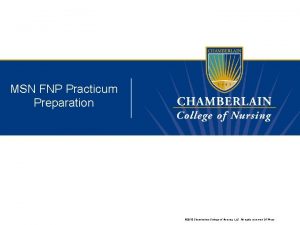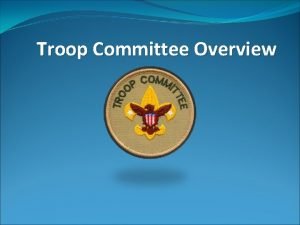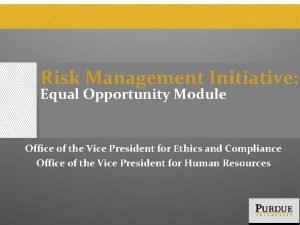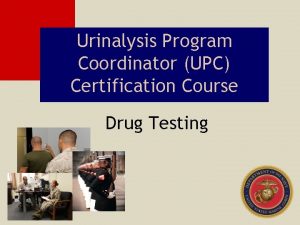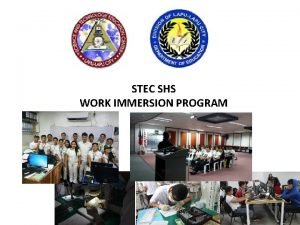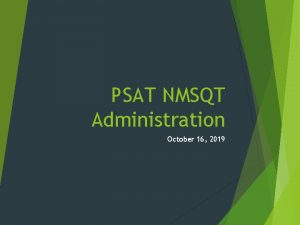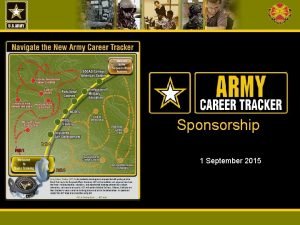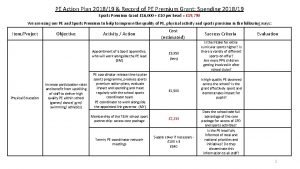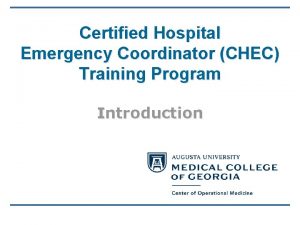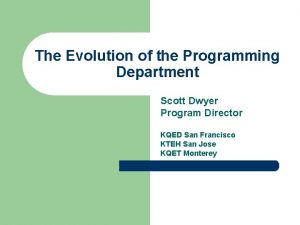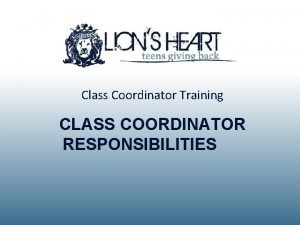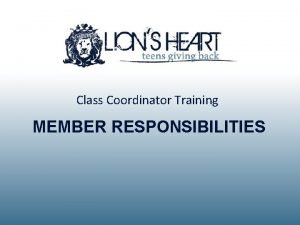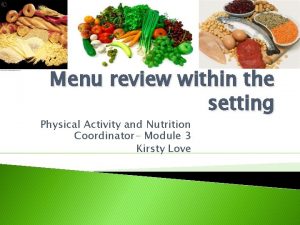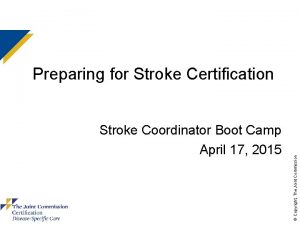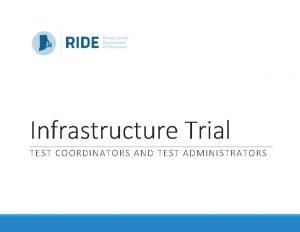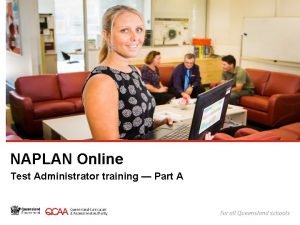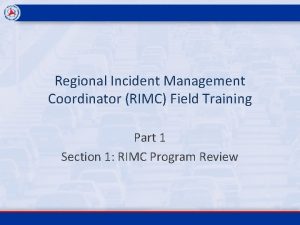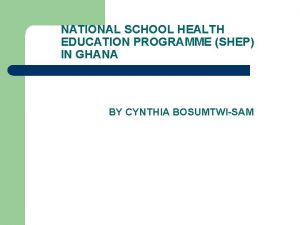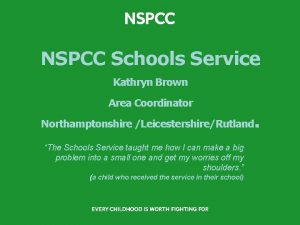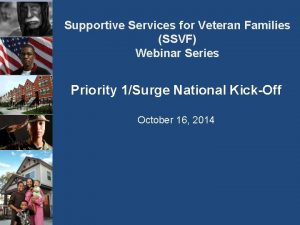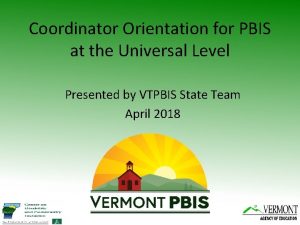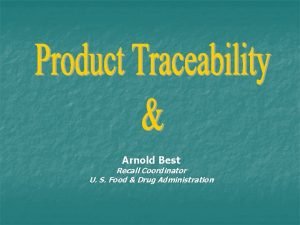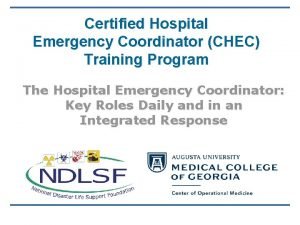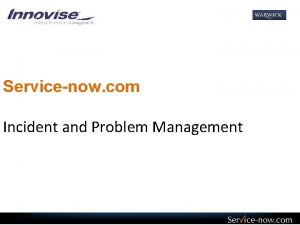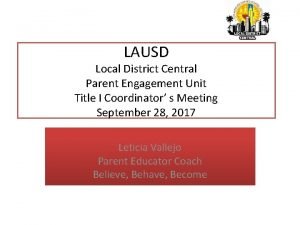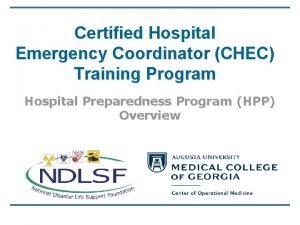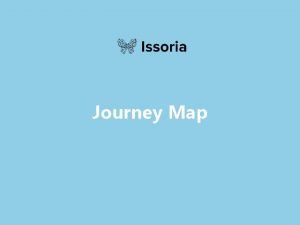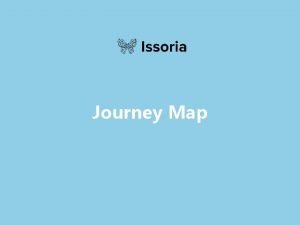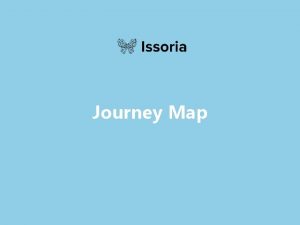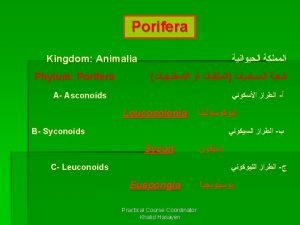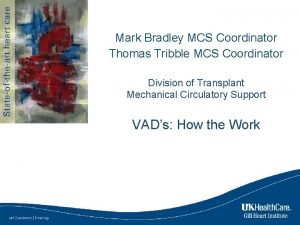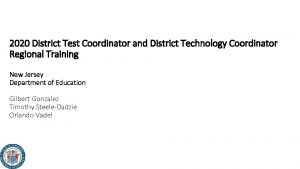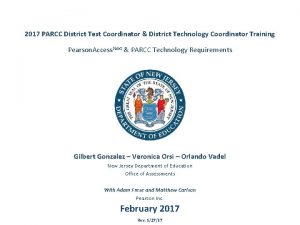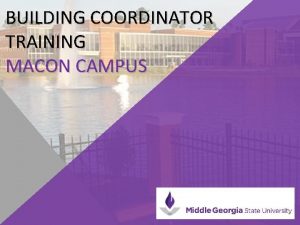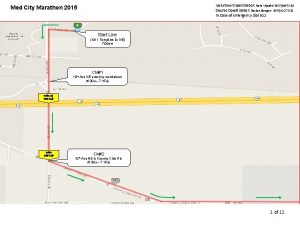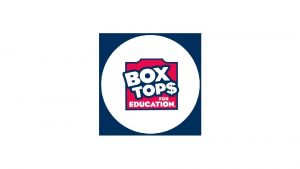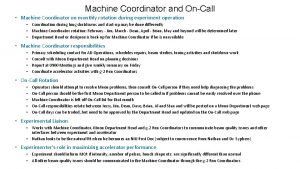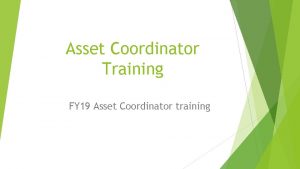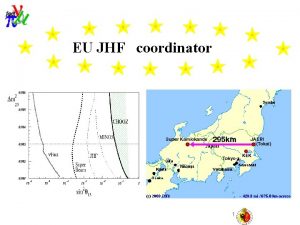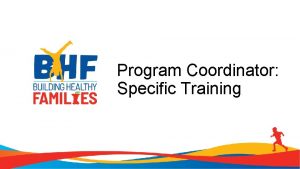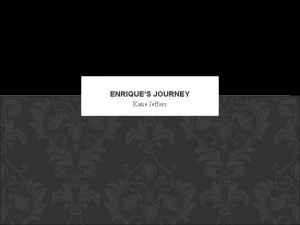Journey of an R E Coordinator Journey of




























- Slides: 28

Journey of an R. E. Co-ordinator!

Journey of an R. E. Co-ordinator � Speaking from first hand experience, we will be looking at how the process of achieving the RE Quality Mark can improve your R. E. � We will also be sharing good practise, assessment ideas and ways to make R. E. more exciting!

Starter Activity! (Laura)

What is the most important Part of Your Role? � To raise the profile of R. E. in your school � To encourage and inspire others to teach good R. E. � To support colleagues in the teaching of R. E. To do this, you need to be inspired and passionate about the subject yourself! You need to model to others how to teach good R. E. and help them as much as you can.

Task! � Talk to the person next to you about why we should teach R. E. and why it is such an important subject especially in this day and age!

Why teach R. E. ? Is it an important subject?

Photo of graffiti in Abbey Meads

Card sort activity (Understanding Christianity) - Laura

R. E. Co-ordinator - what do I need to do? � Monitoring � Resourcing � Liaising � Training � Supporting � Tracking � Communicating � Recording

Key Points � Know your Local Agreed Syllabus � Decide on and develop a Scheme of Work � Write a policy � Review, Monitor and Evaluate Provision � Write an action plan � Keep up to date with new developments � Arrange visits and visitors � Order and maintain resources � Liaise with other schools � Develop assessment, recording and reporting procedures

R. E. Monitoring Timetable and Action Plan - Laura

R. E. Quality Mark – what are the benefits? � Going through the process is the most important part of the Quality Mark, not the award itself! reqm. org

R. E. Quality Mark There are five areas: � Learners and Learning � Teachers and Teaching � Curriculum � Subject Leadership � Continuing Professional Development (CPD)

R. E. Quality Mark What happens? � Talk with head teacher at beginning (a few minutes) � Reviewing the paperwork (30 mins) � Talking to a focus group looking at examples of their work (4 or 5 children from each key stage) (10 minutes with each key stage) � Talk with R. E. Co-ordinator (40 mins) � Brief talk with head teacher and R. E. Coordinator at the end to feedback

R. E. Quality Mark Collecting the evidence! � � � � � Policy School Development Plan Curriculum Action Plan/R. E. Action Plan Performance Management Targets Lesson Observations Audit of religions Pupil Premium List More Able List Evidence of Pupil Voice (questionnaire) Subject Leader Reports Resource List Evidence of Book Scrutiny's Staff Meetings (power point/minutes of meeting/brainstorm sheets) Governors (email/report) Evidence of INSET - L. T. L. R. E. Hub/Cluster group Encounter Days (Holi/Easter/Diwali/Christmas) R. E. Quest (literacy focus) Prayer Space Day Evidence of visits/visitors

R. E. Quality Mark Collecting the Evidence! � � � � Planning (Long Term/Medium Term) Assessment grids Early Years (planning – topic grid/newsletters/photos/displays) Evidence of research by children (notes) Post it notes (T. A. s) Response marking Drama – photos or recordings Peer assessment (post its notes) Self assessment (traffic lights) Evidence to show children asking questions Mastery activities/Challenge Tasks Community Links (photos/certificates/assemblies) Children sharing about their own faith (photos) Links with secondary schools (P. F. S. ) (newsletters/children’s work/reports/power point/photos) Links with local SACRE

Future Development – Going for Gold! � Sharing good practise in the local area � Self evaluation and measuring the impact of R. E. across the school � Reviewing Pupil progress using the New Agreed Syllabus � Sharing on a national level i. e. writing articles, speaking at a national conference � Pupil voice – annotate photos and work with children’s comments

Join a L. T. L. R. E. Hub!

Aims of the Hub � Meet at least three times a year � Encourage primary and secondary R. E. Teachers to come together and build links � Provide support and encouragement for R. E. Coordinators � Develop a sharing of knowledge and ideas � Equip co-ordinators to lead the teaching of R. E. In their own schools and improve teaching and learning � Improve communication with colleagues and develop links with other schools

Assessment � Look at a piece of children’s work. � Look at the expected outcomes. � Is it emerging, expected or exceeding and why?

How?

Make R. E. Fun, Exciting and Memorable! � Visits to Churches – old and new � Visitors � Drama � Artefacts � Encounter days – Holi and Easter � Quest � Prayer Space Day � Links with local Secondary Schools � Easter Activities � Chanukah Activites � Arts Week � Early Years

Easter Encounter Day! � � Activities Station A – Easter egg Hunt (school field/Old Butterflies classroom) � � � � � � Easter egg hunt and colouring sheets Station B - Palm Sunday – ‘Hopes and Dreams’ (Bumblebees classroom) Children to choose a stone and draw a picture or symbol with chalk of their dream or hope for the future and place their stone beneath the cross or along the road leading to the cross. Station C – Jesus washes the disciples’ feet – ‘Servant King’ (Ladybirds classroom) Children to draw around their hand. Write or draw a picture on the hand showing a way you can care for others i. e. unload the dishwasher. Stick the hand on the display board. Younger children will be given prepared hands to draw on. Remember to put your name on the front of your hand Station D - The Last Supper – ‘Remember Me’ (Grasshoppers classroom) Children are invited to try a piece of pitta bread and have a cup of blackcurrant squash Station E - The Garden of Gethsemane – ‘Alone’ (Fireflies classroom) Children to make a model of a flower, plant or animal that might be found in the garden (play dough to go back into the bucket at the end of each session ready for the next class) Station F - The Courtyard – ‘The Denial’ (wildlife area) Children to put a twig into the camp fire one at a time Station G - The Crucifixion – ‘Sharing our Sorrows’ (Tigermoths classroom) Children to draw a picture or write the name of someone they want to think about on the small paper cross. These are to be stuck on the display board or cross. Children can try a piece of hot cross bun from the basket Station H - The Empty Tomb – ‘Resurrection’ (Outside Dragonflies classroom) Children to write down a word on a paper stone to describe how the women might have felt when they heard the angel’s good news. These can be put inside the tomb. Younger children can draw a face showing how the women might have felt. Children will be given a Cadburys mini egg each from the basket

Prayers and times of stillness and reflection �Prayer Space Day – ‘Pause for Thought’ Aim of the day: To provide an opportunity for children to stop, think and ask questions about their lives, their experience, their beliefs and their relationships and to learn from this reflection.

Prayer Space Day! 1. 2. 3. 4. 5. ‘Whole School Assembly ‘Prayer Wall’ ‘Tranquillity Zone’ ‘Camp Fire’ ‘Pause for Thought’ sessions in classrooms a)The World b)Thankfulness 6. Classroom Activities 7. ‘Big Questions’ on the playground

Displays!

Chanukah Lights �Read the Michael Rosen story: ‘Chanukah Lights Everywhere’

Chanukah Lights �How did you feel when the candles were lit? �What did it make you think of? �Why do you think you felt like that � Can you write one word on a post it note to describe how you felt?
 Chamberlain dnp curriculum
Chamberlain dnp curriculum Duties and responsibilities of boy scout coordinator
Duties and responsibilities of boy scout coordinator West lafayette campus title ix coordinator
West lafayette campus title ix coordinator Upc certification
Upc certification Shs work immersion
Shs work immersion Psat coordinator manual
Psat coordinator manual Army sponsorship survey
Army sponsorship survey Action plan for sports coordinator
Action plan for sports coordinator Chec certification
Chec certification Traffic coordinator comcast
Traffic coordinator comcast Lcif program
Lcif program Class coordinator responsibilities
Class coordinator responsibilities Class coordinator
Class coordinator Physical activity and nutrition coordinator
Physical activity and nutrition coordinator Stroke coordinator boot camp
Stroke coordinator boot camp Product placement coordinator
Product placement coordinator Test coordinator
Test coordinator Naplan locked down browser
Naplan locked down browser Incident management coordinator
Incident management coordinator Shep coordinator
Shep coordinator Nspcc schools coordinator
Nspcc schools coordinator Ssvf regional coordinator
Ssvf regional coordinator Senior coordinator shaklee
Senior coordinator shaklee Level coordinator
Level coordinator Fda district recall coordinator
Fda district recall coordinator Sgc hec
Sgc hec Service now problem management
Service now problem management Lausd central district
Lausd central district Certified hospital emergency coordinator
Certified hospital emergency coordinator
